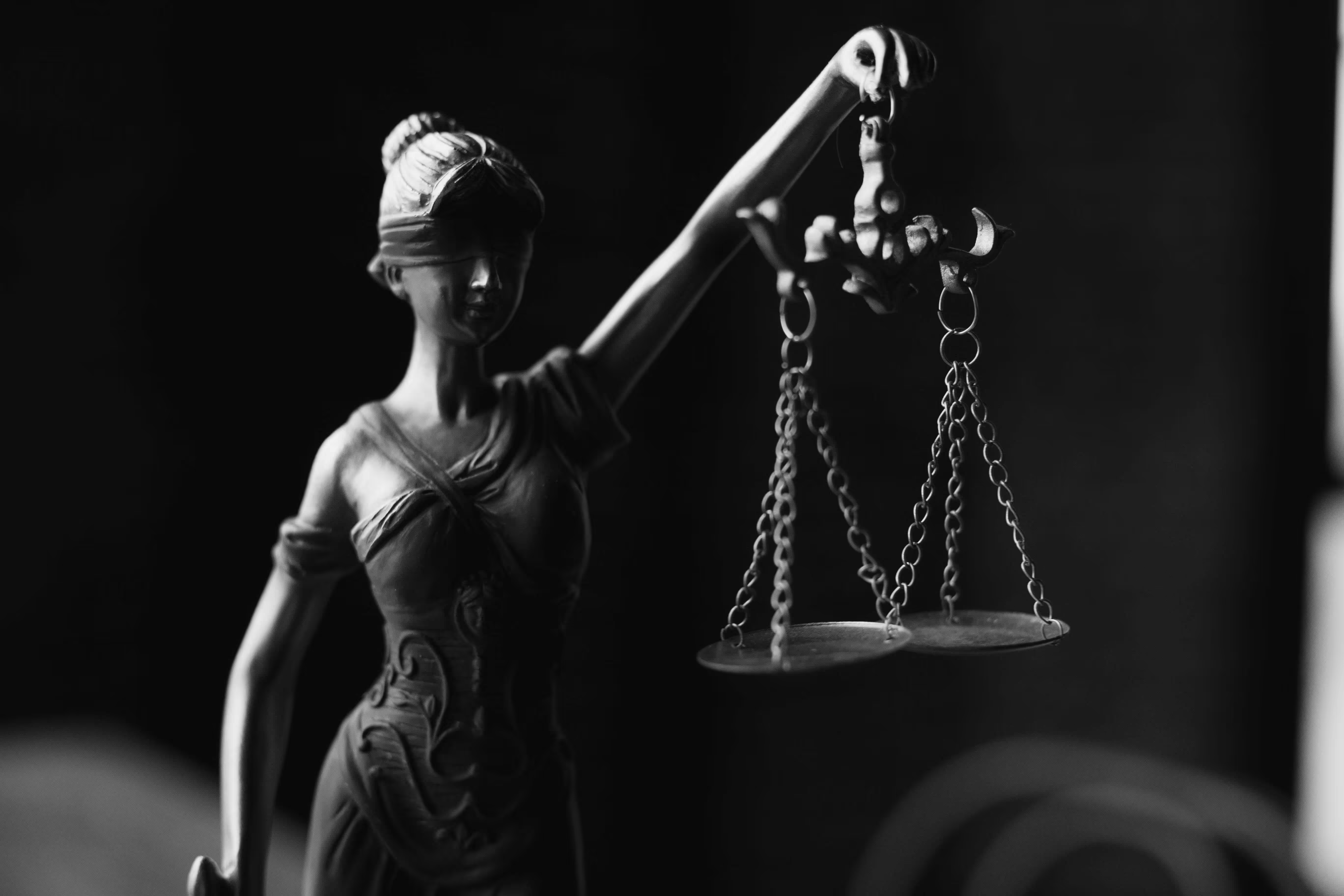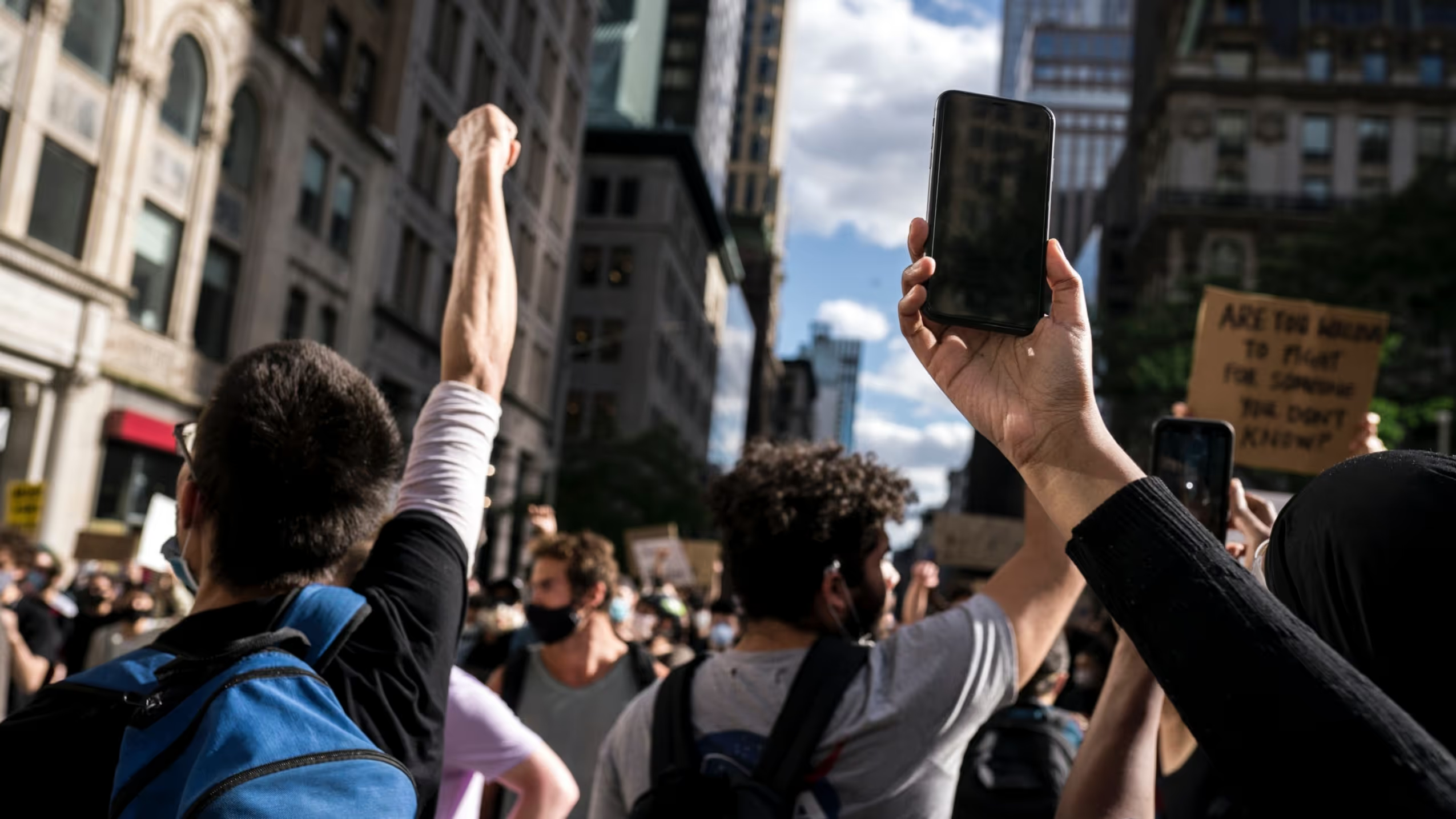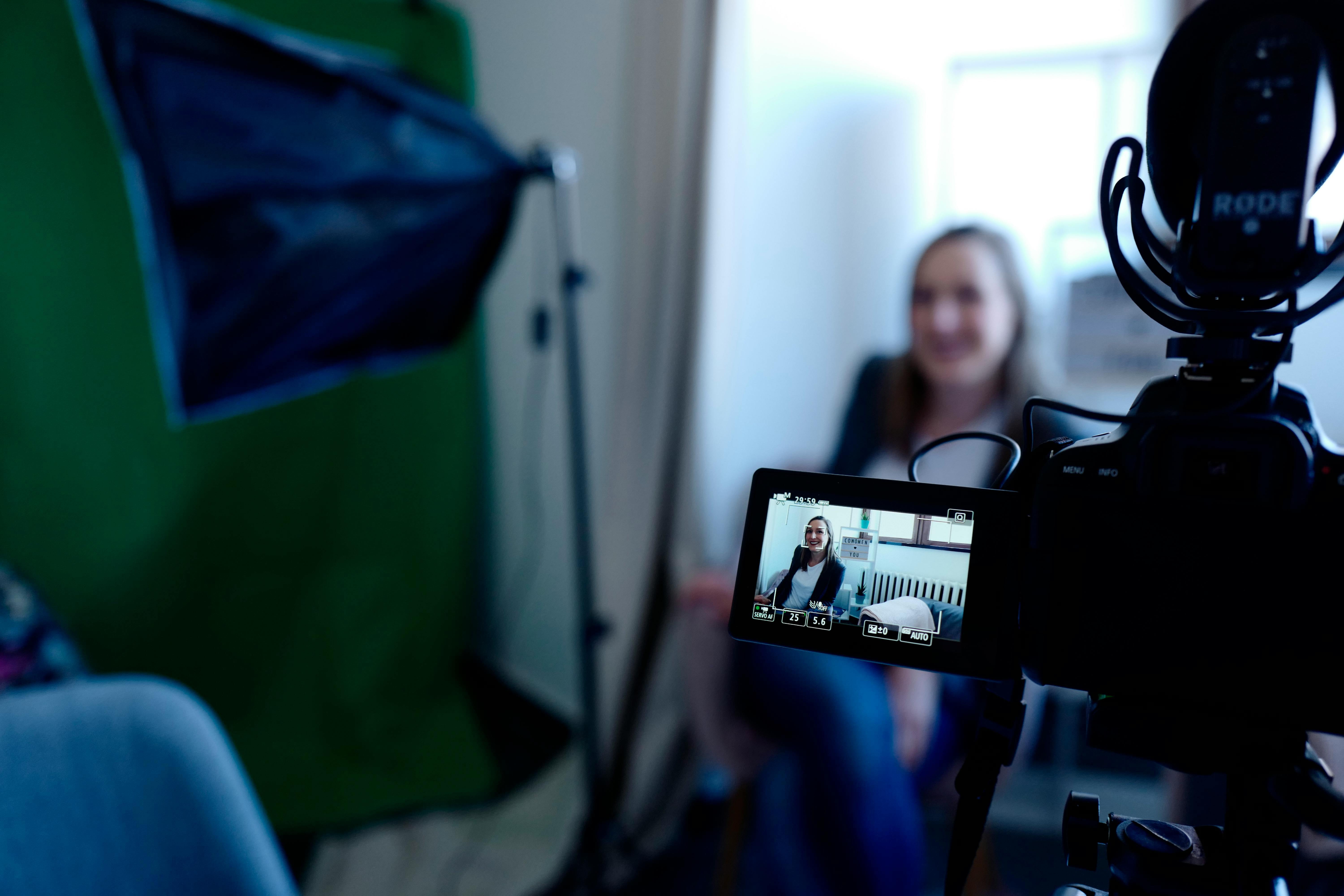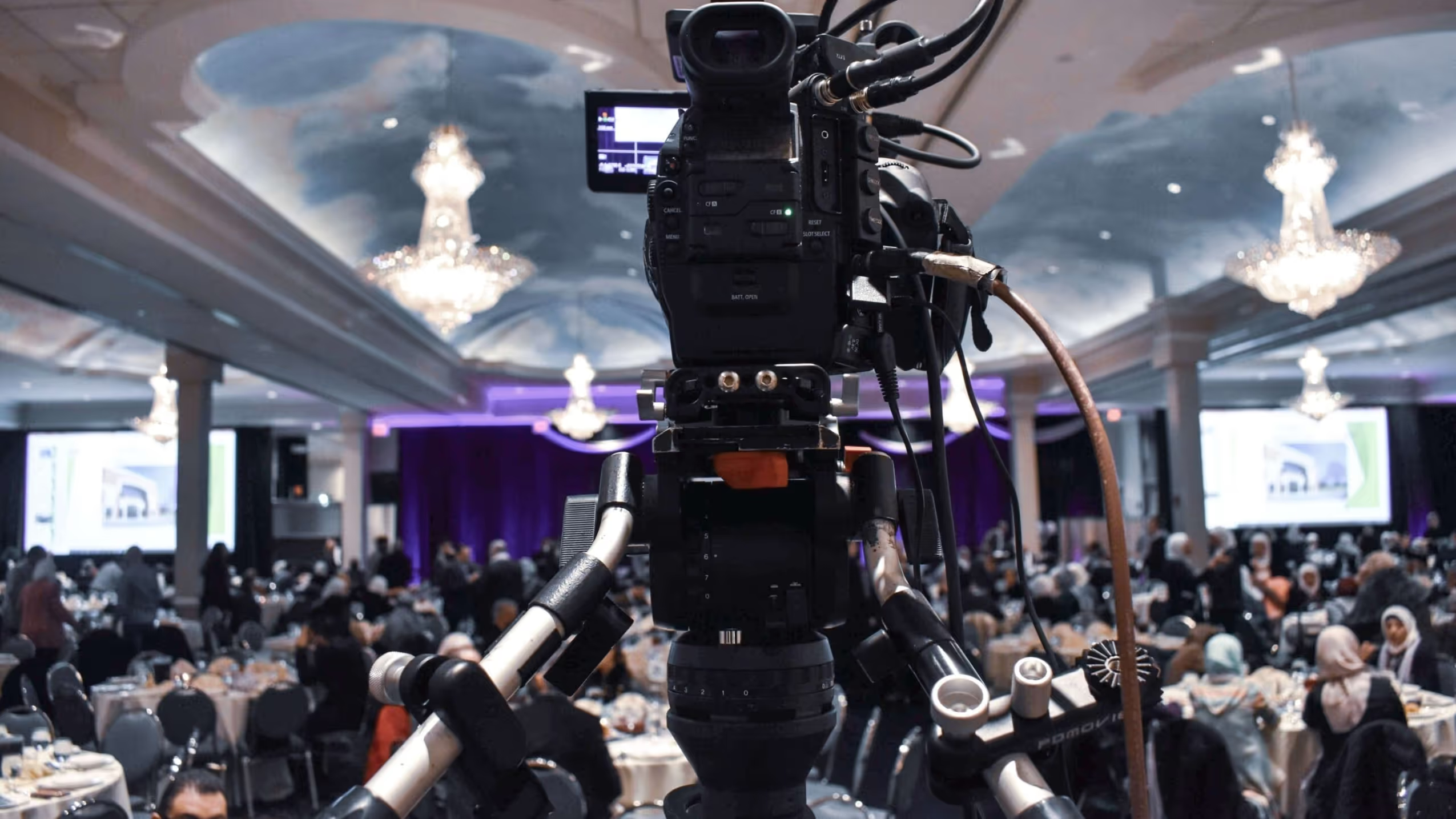Bounce Back from Bad Press: How Brands Can Rebuild Their Reputation

Picture this: Your hotel just launched a “Stay with Heart” campaign celebrating community and comfort. Influencers are posting glowing reviews, until a viral TikTok shows a staff member speaking rudely to a guest. Within hours, #StayWithHeart turns ironic, and the comments section fills with outrage. By morning, tabloids are running headlines, none of which include your comment.
What should you do? First, take a deep breath, because bad press happens to every brand, like a rite of passage. Whether it’s a product recall, a misunderstood campaign, an employee misstep or a supply chain failure, brands with good intentions and strong values get cancelled too and wonder if the collapse is inevitable.
In a hyper-connected environment, negative publicity spreads faster than ever, and the public is quick to deliver its verdict.
What sets resilient brands apart from those that crumble is how they respond, rebuild, and ultimately emerge stronger. Reputation damage isn't permanent unless you make it so.
Understanding the Reputation Landscape
Before diving into brand recovery strategies, let's talk about what makes reputation management in Southeast Asia different from everywhere else.
Speed of spread: Social media adoption across the region is off the charts. What starts as a customer complaint on Facebook can become regional news within hours. High digital engagement plus close-knit online communities mean reputational issues rarely stay contained.
Cultural sensitivities: Southeast Asia is incredibly diverse—culturally, linguistically, and politically. What constitutes a reputation crisis varies significantly. A campaign that's edgy in Singapore might be offensive in Indonesia. Corporate transparency expectations in Thailand look different from Malaysia.
Media landscape complexity: You've got traditional legacy media, digital-native outlets, influential bloggers, and powerful social media personalities all mixed together. Effective reputation management means understanding how stories bounce between these interconnected ecosystems.
Government and regulatory considerations: In several markets, regulatory bodies actively police consumer protection and corporate accountability. Reputation crises can quickly escalate into compliance and legal headaches if you're not careful.
These factors make reputation management in the region both challenging and critically important. But they also create opportunities for brands willing to act decisively and authentically.
The Anatomy of Reputation Damage: What Actually Happens
When negative publicity hits, the damage unfolds in a pattern. Let’s break it down:
Immediate visibility spike: Bad news travels faster than good news. Always has, always will. Negative stories generate high engagement on social platforms and attract media coverage that positive announcements rarely achieve.
Trust erosion: Each negative touchpoint chips away at accumulated brand trust. Customers start questioning whether your values align with theirs. Purchase consideration drops. Existing customers reevaluate their loyalty.
Search reputation damage: Negative content starts ranking for brand searches. When potential customers Google your company, they encounter criticism, complaints, or controversy..
Stakeholder pressure: Employees, investors, partners, and regulators begin to ask uncomfortable questions. Internal morale suffers. Business relationships may become strained.
Compounding effects: Initial negative publicity often uncovers additional issues or invites further scrutiny. Problems that might have stayed minor suddenly attract disproportionate attention.
The good news? Despite the bleak outlook, each of these damage patterns has a corresponding recovery strategy.
The Strategic Framework: Rebuilding Your Reputation Step by Step
Effective reputation rebuilding isn't about spinning narratives or deflecting blame. It's about genuine accountability, transparent action, and consistent demonstration of changed behaviour.
1. Acknowledge Swiftly and Honestly
The worst response to negative publicity is silence or defensiveness. Both signal that you either don't care or don't understand the problem, and neither inspires confidence.
In a world dominated by algorithms, speed matters, and a delayed response will only allow negative narratives to solidify. But speed shouldn't compromise authenticity and quality. A rushed, tone-deaf response makes situations worse.
The best acknowledgements are:
- Prompt: Respond within hours, not days
- Specific: Address the actual issue without vague corporate-speak
- Empathetic: Demonstrate understanding of why people are upset
- Accountable: Own mistakes without deflection or excuse-making
This doesn't mean accepting blame for things that aren't your fault or letting unfair criticism slide. However, even when pushing back against inaccuracies, do so respectfully and with evidence.
2. Take Visible, Meaningful Action
Brands that have successfully rebuilt their reputation share common characteristics: they take substantial action proportional to the issue, make changes that stakeholders can verify, and maintain sustained commitment rather than treating recovery as a one-time gesture.
Across Asia Pacific markets, brands that have effectively managed reputation crises typically implement measures such as:
- Enhanced verification and quality control systems with transparent reporting mechanisms
- Increased compliance and oversight resources demonstrating a serious commitment to addressing root causes
- Independent audits with published findings showing willingness to be held accountable
- Comprehensive staff retraining programmes across all locations to prevent recurrence
- Customer-facing reporting tools that empower stakeholders to participate in monitoring
The approach is clear: brands that walk their talk and respond with substantive operational changes see faster reputation stabilisation.
3. Communicate Consistently Across Stakeholders
Different stakeholders need different information, but your core message must stay consistent. Employees need internal context. Customers need reassurance. The media need facts, while investors need business impact assessments.
Create a communication matrix identifying:
- Key stakeholder groups
- Their primary concerns
- Appropriate channels for reaching them
- Message customisation while maintaining consistency
- Cadence for ongoing updates
This may also mean tailoring communications by country while ensuring regional alignment. What you tell Singaporean media should align with what Malaysian customers hear, to prevent any confusion or further misunderstanding.
4. Leverage Positive Narratives
Once immediate crisis management is handled, shift focus to rebuilding positive reputation equity through brand recovery strategies. This isn't about burying negative search results with press releases; it's about genuinely demonstrating improved behaviour over time.
Strategies include:
- Thought leadership: Position spokespersons as experts on the very issues that caused the crisis, demonstrating learnings
- Customer success stories: Amplify voices of satisfied customers to balance negative feedback
- Third-party validation: Earn credibility through independent audits, certifications, or awards
- Community engagement: Demonstrate values through visible community contributions or partnerships
- Content that adds value: Create resources that help your audience beyond just promoting your brand
This phase takes time (typically 6 to 18 months, depending on severity), but consistent positive momentum gradually shifts perception.
5. Monitor, Measure, and Adapt
Reputation rebuild isn't linear. You'll encounter setbacks, renewed criticism, and unexpected developments. Continuous monitoring lets you respond adaptively.
Track metrics like:
- Sentiment analysis across social channels and media coverage
- Share of voice evolution over time
- Search reputation (what appears for brand searches)
- Customer satisfaction and NPS trends
- Employee engagement scores
- Media coverage quality and quantity
These metrics inform whether your brand recovery strategies are working or need adjustment.
What Not to Do: Common Mistakes
When handling negative feedback, knowing what doesn’t work is just as important as knowing what does:
- Don't disappear. Going quiet and hoping the story dies rarely works. Silence looks like indifference or guilt.
- Don't feed the trolls. Learn to distinguish between legitimate criticism that requires a response and personal attacks.Don't over-promise. Make commitments you can actually keep. Broken promises during reputation rebuild cause exponential damage.
- Don't blame others publicly. Even when third parties share responsibility, publicly shifting blame looks defensive and rarely improves your position.
- Don't rush to "move on." Stakeholders need time to process, forgive, and rebuild trust. Premature declarations that the issue is resolved frustrate audiences still processing harm.
The Long Game: Prevention and Preparation
The best reputation management is crisis prevention. While you can't avoid every potential issue, you can reduce the likelihood and severity through:
- Robust internal processes: Strong quality control, compliance systems, and employee training.
- Active listening: Monitor customer feedback, social sentiment, and market conversation to catch issues early.
- Crisis preparedness: Develop response protocols, train spokespersons, and create decision trees before you need them.
- Consistent values demonstration: Build reputation equity during good times that can cushion the impact during bad times.
Build Resilience Through Authenticity
Brands that successfully implement brand recovery strategies after being cancelled share one characteristic: authenticity. Audiences are remarkably forgiving toward brands that own mistakes, take real action, and show genuine commitment to improvement. They will, however, remember moments of insincerity, defensiveness, or performative action masking continued poor behaviour.
Your reputation isn't just what people think of you—it's what they experience when they interact with you. Reputation rebuild starts by making those experiences worth trusting again.
Mutant provides strategic reputation management services across Southeast Asia, helping brands navigate crises, rebuild trust, and protect long-term reputation equity. Our regional expertise and integrated approach combine to ensure meaningful brand recovery strategies tailored to local market nuances. Reach out to us at hello@mutant.com.sg to get started.
References
Coombs, W. T. (2019). Ongoing crisis communication: Planning, managing, and responding (5th ed.). SAGE Publications.
Dawar, N., & Pillutla, M. M. (2000). Impact of product-harm crises on brand equity: The moderating role of consumer expectations. Journal of Marketing Research, 37(2), 215-226.
Helm, S., & Tolsdorf, J. (2013). How does corporate reputation affect customer loyalty in a corporate crisis? Journal of Contingencies and Crisis Management, 21(3), 144-152.
Ulmer, R. R., Sellnow, T. L., & Seeger, M. W. (2018). Effective crisis communication: Moving from crisis to opportunity (4th ed.). SAGE Publications.
















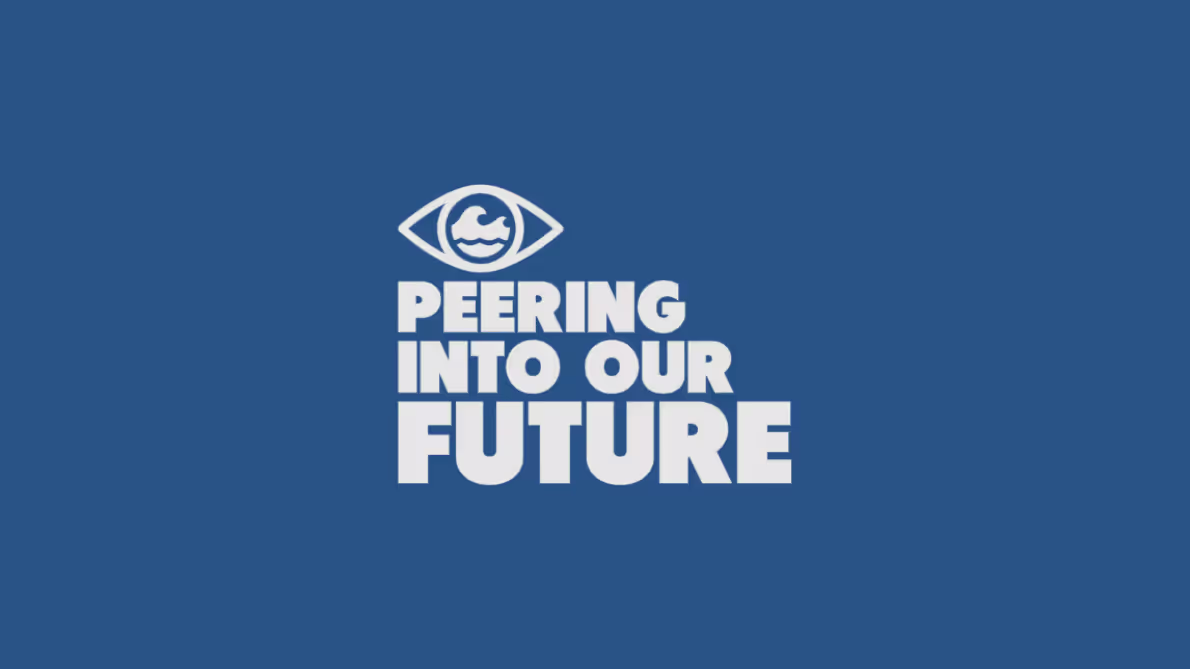

















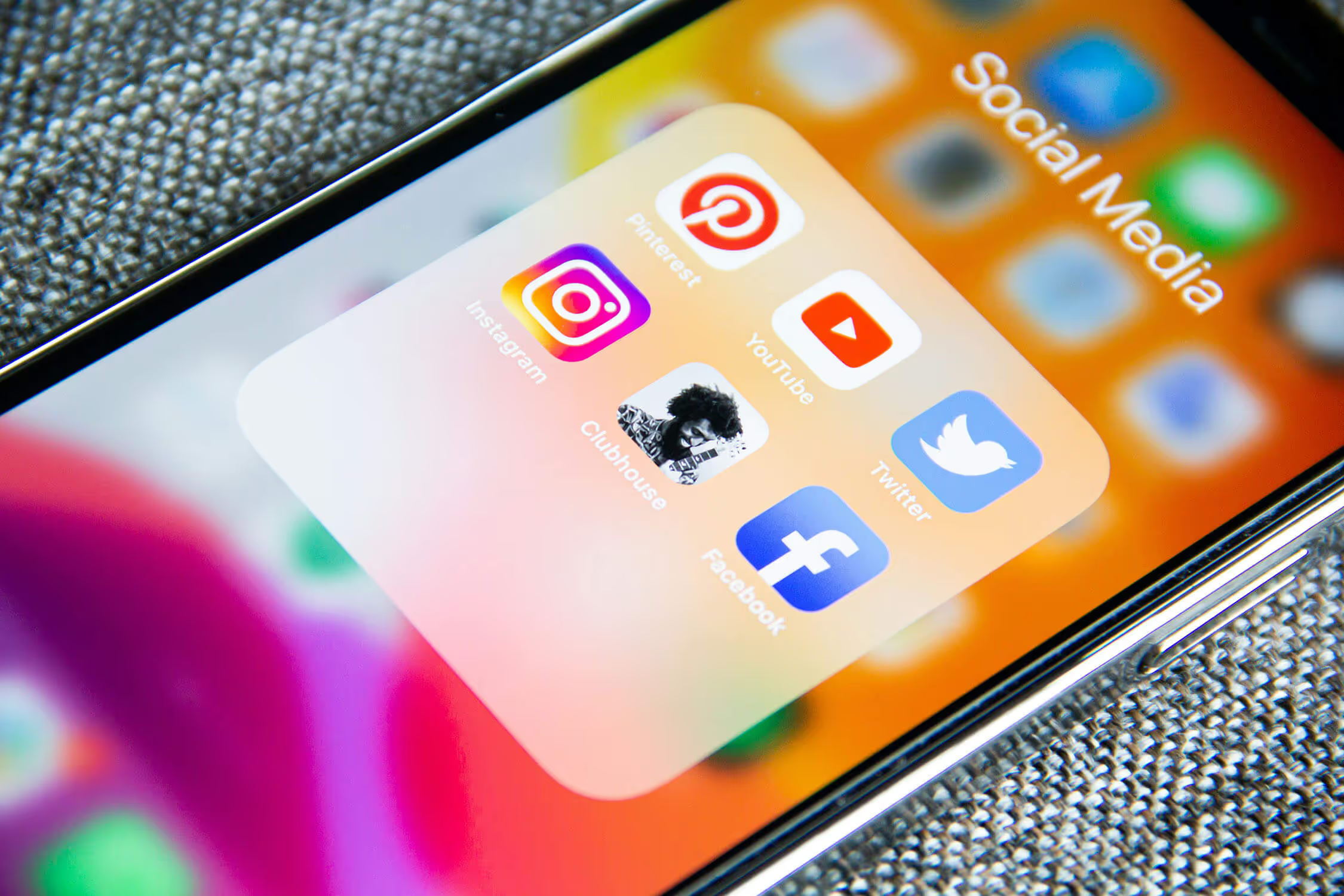

.avif)







.jpg)






.avif)




.jpg)







